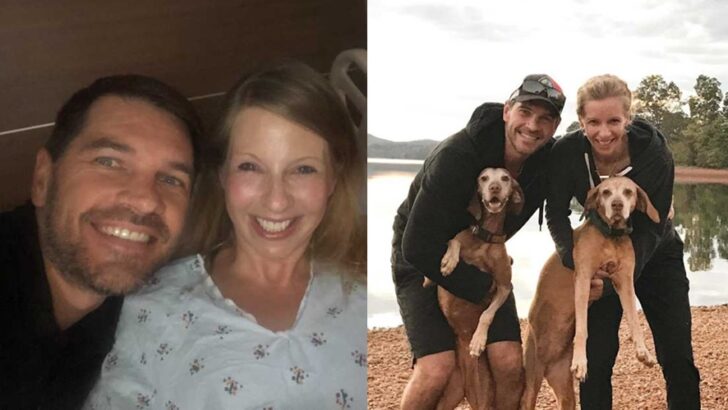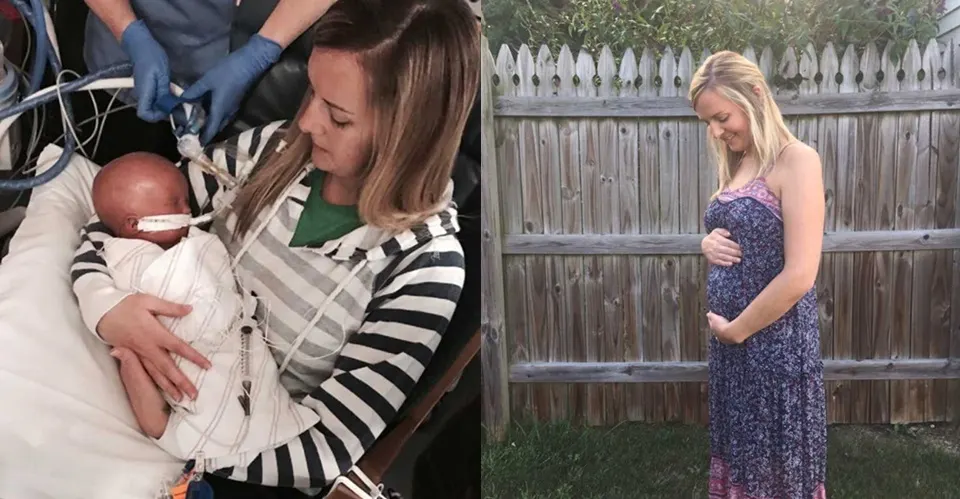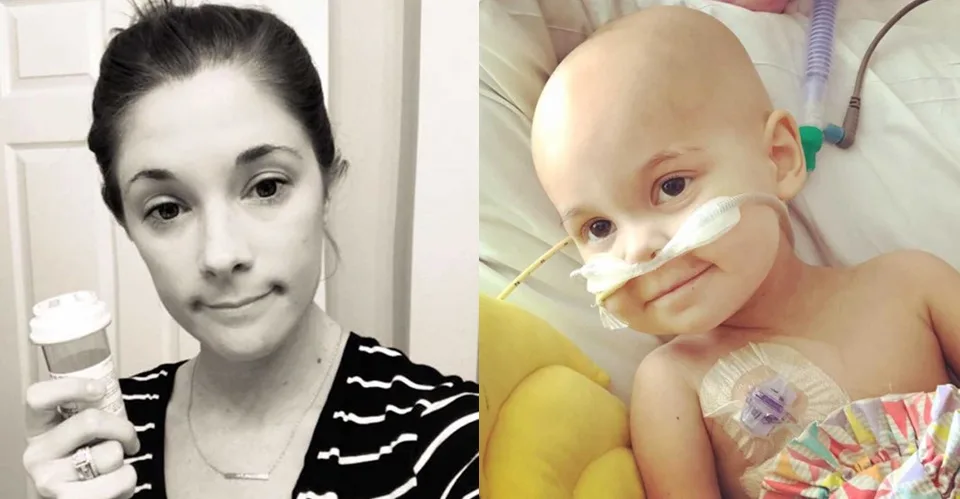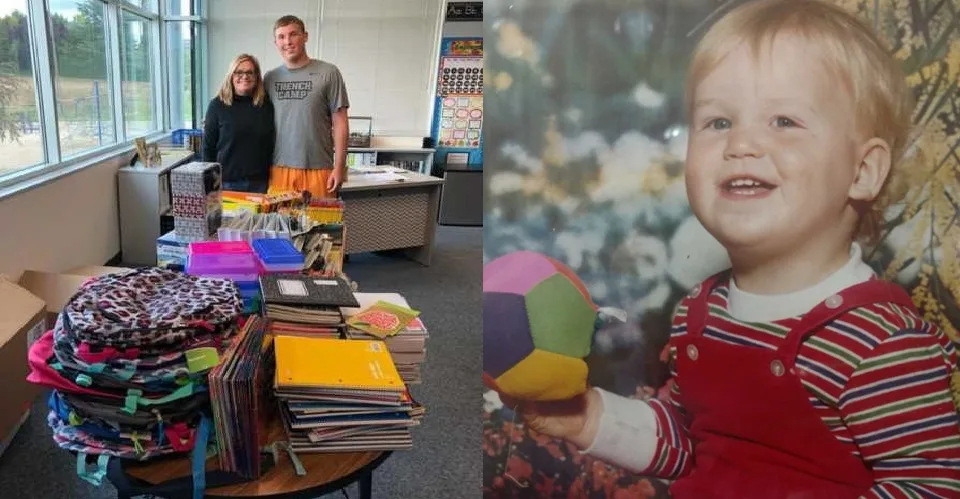Bethany Rutledge’s first fertility treatment didn’t happen in a clinic; it occurred in a state park, right after she crossed the finish line of a popular women’s triathlon. She ran for the car, syringe in hand, ready for her first injection. The action felt illicit, strange, and utterly unlike her everyday life of long-distance races and training weekends with friends and athletes. Racing had always been her comfort zone; IVF felt like stepping onto a foreign track with no finish line.
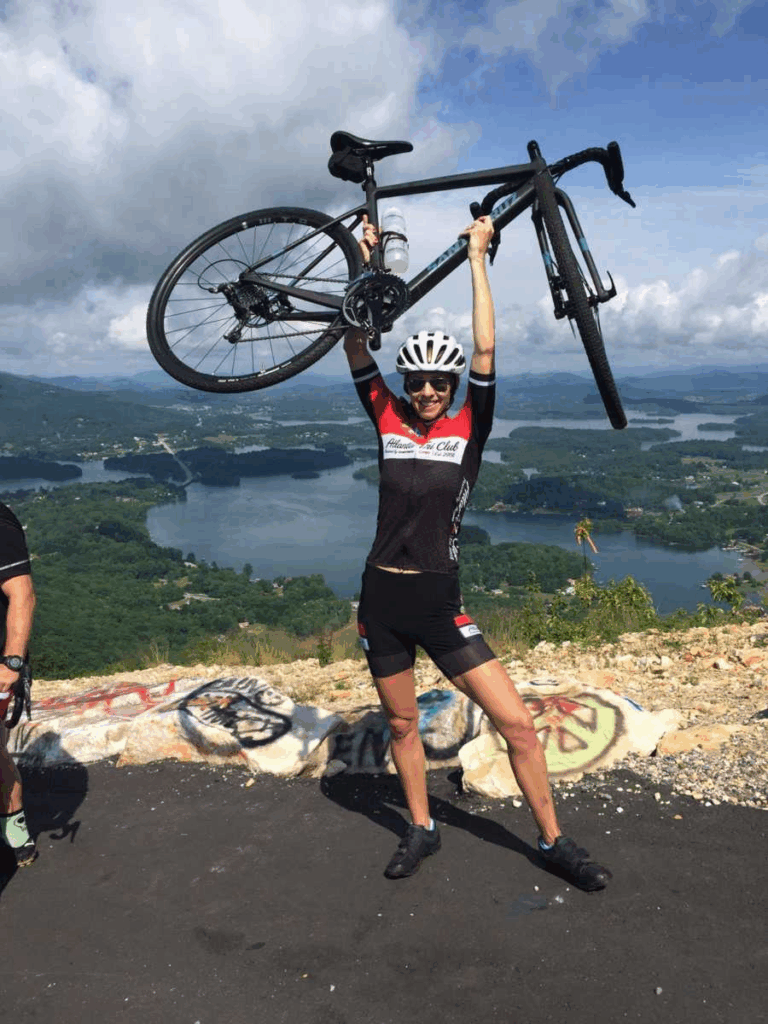
Bethany and her husband, John, already had two fur babies, Sadie and Bailey. Their love for Sadie, unconditional and whole-hearted, was a revelation—it made her consider that maybe she could handle the journey to motherhood. But the IVF process demanded secrecy at first. As Atlanta Tri Club and Energy Lab co-owners, Bethany’s life was public and busy. Skipping rides, vague excuses, and disappearing from social events were all subtle signs that her usual routine was unraveling. Eventually, they went public with a blog post: they were embarking on IVF after years of contemplation and delays.
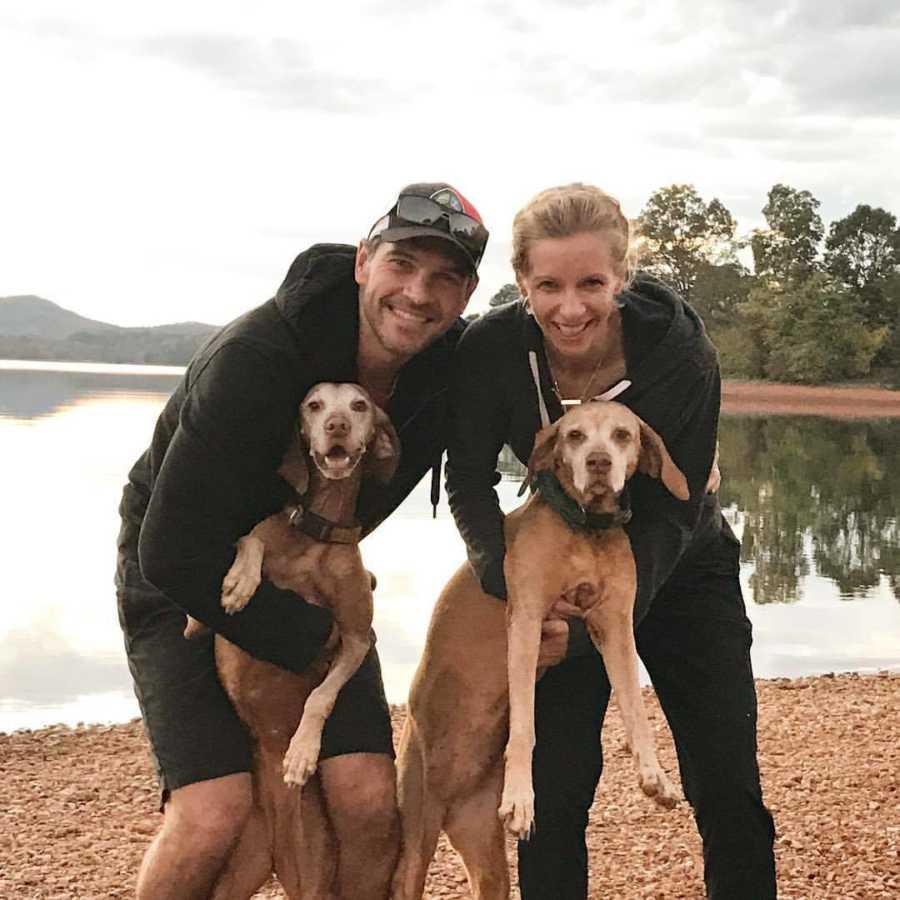
The process was grueling. Egg retrievals, hormone injections, and lab work became Bethany’s new “training regimen.” She timed her injections, iced her stomach, and memorized drug instructions as though they were cheat sheets for a race. But effort didn’t guarantee results. The first round yielded three viable eggs, none mature. Undeterred, she plunged into rounds two and three, mastering injections on the go: in parking lots, restaurants, even national forests. Her phlebotomist eventually gave her “actual track marks” for her dedication.
Six months, four retrievals, and a mountain of ultrasounds later, they had two embryos. One was a mosaic, a controversial embryo with mixed normal and abnormal cells. Science had evolved: these embryos could self-correct, but risks remained. They transferred both embryos, leaving the outcome to chance and faith. The first positive pregnancy test was bittersweet. Sadie, Bethany’s original “baby,” had just undergone major surgery. Fifteen minutes after learning the transfer worked, they had to say goodbye to her. Pregnancy joy intertwined with grief—her imagination of motherhood always included Sadie.
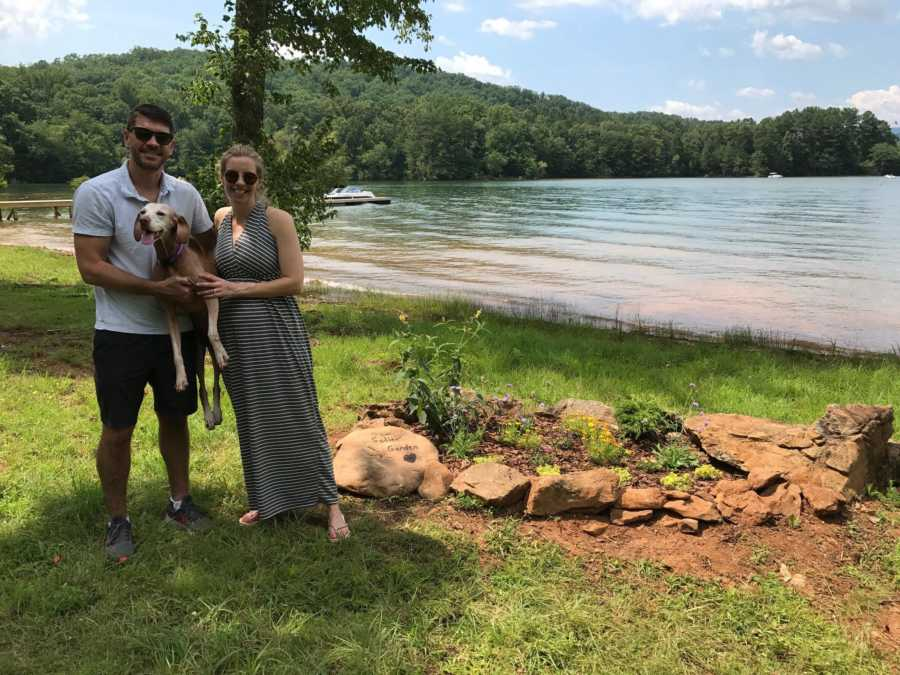
Early pregnancy was a rollercoaster. Ultrasounds showed two sacs, then two heartbeats. Both boys were growing, though one lagged slightly. Bethany’s body began showing signs, but medical interventions sometimes felt unnecessary. High blood pressure readings led to hospital admissions she contested, “But I don’t have high blood pressure,” she argued. White coat syndrome, stress from IVF, and past medications all contributed. Yet her “overly strict” doctors often insisted, and she had to admit sometimes they were right.
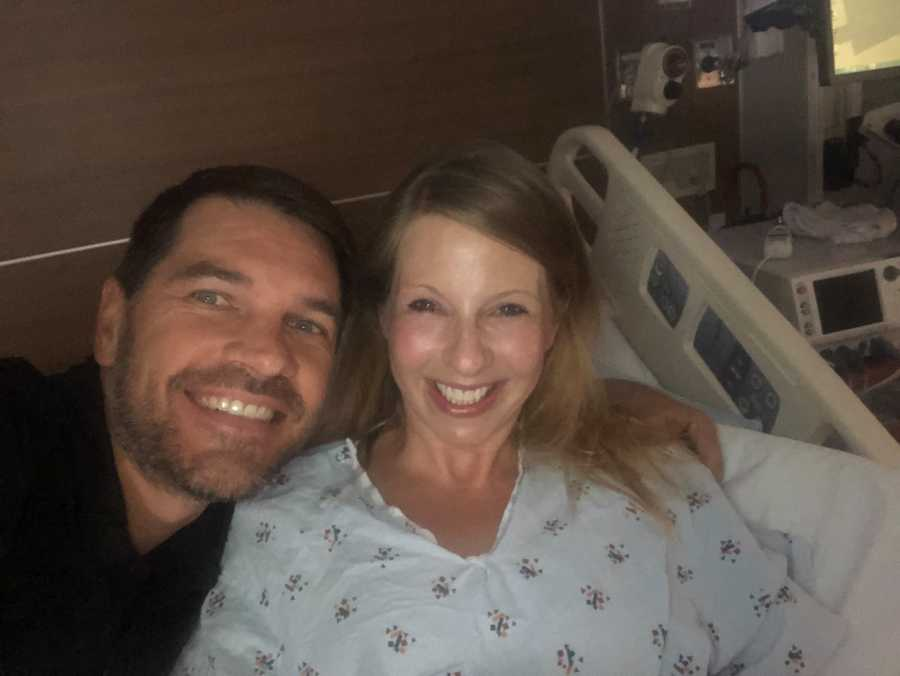
At 28 weeks, Baby Boy B’s growth slowed. Hospitalization followed, a balancing act of bed rest, monitoring, and fear. Then the call: it was time for delivery. The C-section came at 2:30 PM. Ethan Avery Rutledge, Baby Boy A, arrived first at 2 lbs. 14 oz. Five minutes later, Alexander Battle, Baby Boy B, arrived at under two pounds. For a brief second, Bethany saw him before he was whisked away. Alex’s placenta was compromised; the warning signs had been real. The boys’ NICU journey began immediately. Ethan thrived, but Alex faced a rougher start. Through it all, Bethany and John remained grateful. The IVF marathon, the sleepless nights, the emotional toll, and the medical uncertainty had led to two tiny lives fighting in incubators. Their story became a testament to resilience, hope, and faith in expertise, even when parental instinct screamed otherwise.
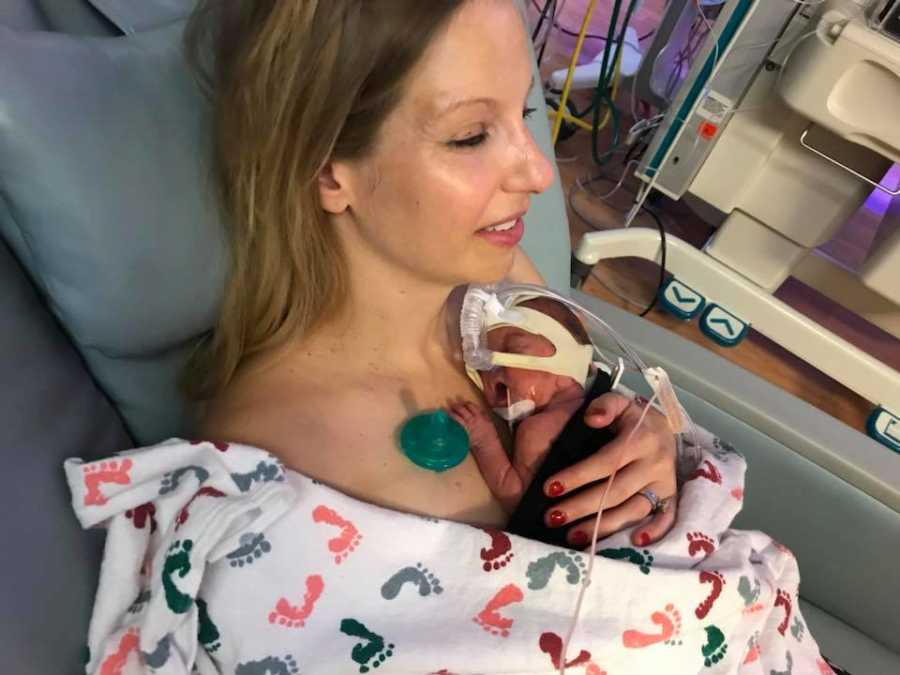
Bethany’s journey shows the chaotic, exhausting, and miraculous nature of IVF: the grief intertwined with joy, the delicate balance between control and letting go, and the unwavering hope that propels parents through fear. Through it all, she learned that sometimes the experts know best, even when you don’t want to hear it, and that miracles often come in the tiniest, most fragile packages.

